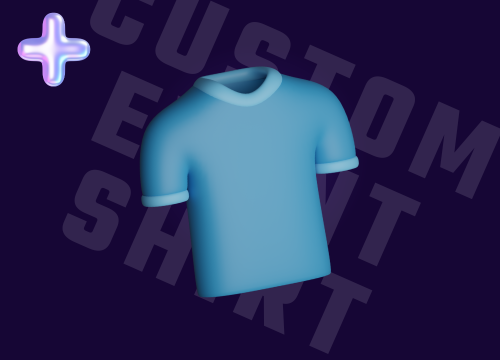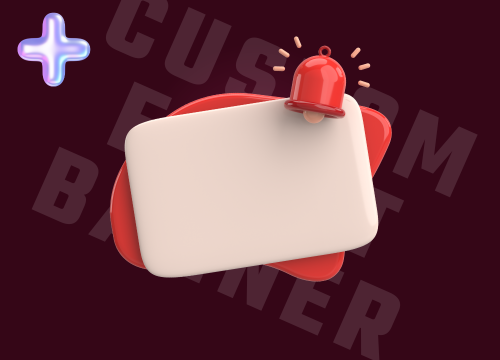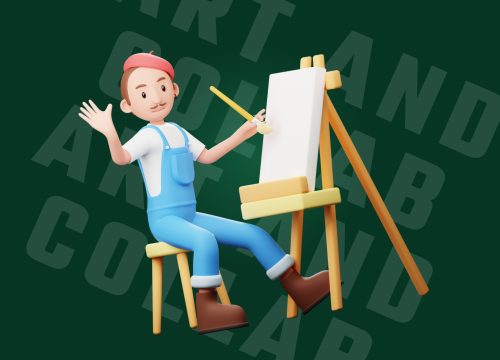How Managers Can Support Employee Development: A Comprehensive Guide
In today’s rapidly evolving workplace, employee development is more critical than ever. As a manager, your role in fostering growth and development within your team is pivotal. Not only does it enhance the skills and capabilities of your employees, but it also drives engagement, retention, and overall productivity. This blog post will explore effective strategies managers can implement to support employee development, ensuring both personal and organizational growth.
Empowering Your Workforce: The Key to Success
Empowering your workforce is key to success in today’s competitive market. At Braver Strides, we help businesses in Malaysia and Singapore unlock their greatest asset: their employees. Here’s why employee development is crucial and how Braver Strides can be your partner in growth.
Why Invest in Employee Development?
Investing in employee development is not just a nice-to-have; it’s a necessity. Studies by Gallup show that companies investing in employee development see an 11% profit increase and double the retention rate compared to those who don’t. Here’s how development benefits everyone:
1. Reduced Turnover
Employees who feel valued and have growth opportunities are more likely to stay. This saves your company time and money on recruitment and training. By investing in development, you create a more stable and committed workforce, reducing the constant churn that plagues many organizations.
2. Enhanced Skills:
Upskilling your workforce creates a more efficient, productive, and adaptable team. This translates to better results and a competitive edge in the market. As employees acquire new skills, they bring fresh ideas and innovative solutions that drive your business forward.
3. Higher Morale:
Development opportunities boost morale and create a positive work environment where employees feel fulfilled and motivated. When employees see that their growth is a priority, they are more engaged and enthusiastic about their work, leading to a more dynamic and productive team.
Practical Strategies for Managers to Support Employee Development
Supporting employee development doesn’t have to be complex or resource-intensive. Here are some practical strategies that managers can implement to foster growth within their teams:
1. Identify Individual Strengths and Areas for Growth:
The first step in supporting employee development is understanding where each team member excels and where they could improve. This involves regular one-on-one meetings, performance reviews, and ongoing feedback. By identifying individual strengths and areas for growth, managers can tailor development plans that are both relevant and effective.
How to Conduct Effective One-on-One Meetings
One-on-one meetings are an invaluable tool for understanding your employees’ needs and aspirations. During these meetings, focus on open-ended questions that encourage employees to reflect on their performance and career goals. This helps you gain insights into their development needs and areas where they require more support.
2. Create Individual Development Plans (IDPs):
Once you’ve identified areas for growth, the next step is to create Individual Development Plans (IDPs) for each employee. An IDP is a personalized roadmap that outlines the skills and competencies an employee needs to develop to reach their career goals. It should include specific, measurable objectives and a timeline for achieving them.
Key Components of an Effective IDP
An effective IDP should be a collaborative effort between the manager and the employee. It should include clear goals, specific actions, and timelines. Additionally, it should be flexible enough to adapt to changing circumstances and opportunities that arise.
3. Provide Access to Learning and Development Resources
Supporting employee development means providing access to the resources they need to learn and grow. This could include formal training programs, online courses, workshops, or even attending industry conferences. The key is to offer a variety of learning options that cater to different learning styles and needs.
Braver Strides: Your Development Partner
At Braver Strides, we go beyond traditional training, offering a range of engaging and effective development solutions:
- Interactive Workshops: Brainstorm new ideas, hone communication skills, and foster teamwork through our dynamic workshops like “Master Story Crafter” or “The Bravest Tribe.”
- Customized Learning Paths: We work with you to identify individual and company goals, then create personalized development plans using various methods, including mentorship programs and guest speaker sessions.
- Actionable Feedback & Recognition: Our team-building activities naturally incorporate feedback and recognition, fostering a culture of continuous improvement and celebrating achievements.
4. Encourage Job Rotation and Cross-Training
Job rotation and cross-training are powerful tools for employee development. By allowing employees to work in different roles or departments, they gain a broader understanding of the organization and develop new skills. This not only enhances their versatility but also prepares them for future leadership roles.
Implementing a Job Rotation Program
To implement a successful job rotation program, start by identifying key roles within the organization that would benefit from cross-training. Work with employees to create a rotation schedule that allows them to gain experience in these roles. Ensure that each rotation includes clear objectives and support to help employees succeed in their new roles.
5. Promote a Culture of Continuous Feedback
Continuous feedback is essential for employee development. It allows employees to receive regular input on their performance, which helps them improve and grow. As a manager, you should aim to provide constructive feedback that is specific, actionable, and timely.
The Role of Feedback in Employee Growth
Feedback should not be limited to formal performance reviews. Incorporate regular check-ins and informal feedback sessions into your management style. This creates a culture of open communication where employees feel comfortable seeking guidance and discussing their development needs.
6. Recognize and Reward Development Efforts
Recognition and rewards play a crucial role in motivating employees to pursue development opportunities. When employees see that their efforts are valued, they are more likely to continue investing in their growth. This could be in the form of promotions, bonuses, or simply acknowledging their hard work in team meetings.
Creating a Recognition Program
A structured recognition program can help ensure that employees’ development efforts are consistently acknowledged. Consider implementing a points-based system where employees earn rewards for completing development activities. This not only encourages participation but also creates a sense of accomplishment.
7. Support Mentorship and Coaching
Mentorship and coaching are invaluable tools for employee development. By pairing employees with experienced mentors, they can gain insights, guidance, and support as they navigate their career paths. As a manager, you can facilitate these relationships and even offer coaching sessions yourself.
Leadership Development with Braver Strides
Our programs like “Leadership Stories” equip your high-potential employees with the skills they need to become future leaders in your organization. By investing in leadership development, you’re not just preparing individuals for future roles but also ensuring the long-term success of your company.
The Long-Term Benefits of Supporting Employee Development
Supporting employee development is not just about immediate gains; it’s an investment in the long-term success of both your employees and your organization. By fostering a culture of continuous learning and growth, you create a more engaged, skilled, and motivated workforce.
Increased Employee Retention
When employees feel that their development is supported, they are more likely to stay with the company. This reduces turnover rates and the associated costs of recruiting and training new employees. Moreover, retaining skilled employees contributes to a more stable and productive work environment.
Enhanced Organizational Performance
A well-developed workforce is better equipped to meet the challenges of a rapidly changing business landscape. As your employees grow and develop, they bring new ideas, skills, and perspectives to the table, driving innovation and improving overall performance.
Building a Strong Employer Brand
Organizations that prioritize employee development are often viewed as desirable places to work. This helps attract top talent and builds a strong employer brand. In a competitive job market, being known for your commitment to employee growth can give you a significant edge.
Braver Strides: Your Partner in Employee Development
Investing in your employees isn’t just an expense; it’s an investment in your future. At Braver Strides, we help you develop a customized program to unlock the full potential of your Malaysian and Singaporean workforce. From interactive workshops to personalized learning paths, we offer a variety of development solutions tailored to your needs.
P.S. Don’t let budget constraints hold you back! We offer a variety of cost-effective solutions, including book clubs, mentorship programs, and access to online resources.
Ready to Take the First Step?
Explore our development programs or contact us for a free consultation today! Let’s build a culture of continuous learning and growth, together.
LET'S START PLANNING YOUR NEXT
TEAM BUILDING CSR PROGRAM TRAINING PROGRAM CORPORATE EVENT RETREAT EVENT
EVENT EXPERIENCE ADD-ON
Add some extra spice to your event!
HEY! YOU MAY ALSO LIKE
Some of our trending activities! Mix and match for MEGA fun session!














